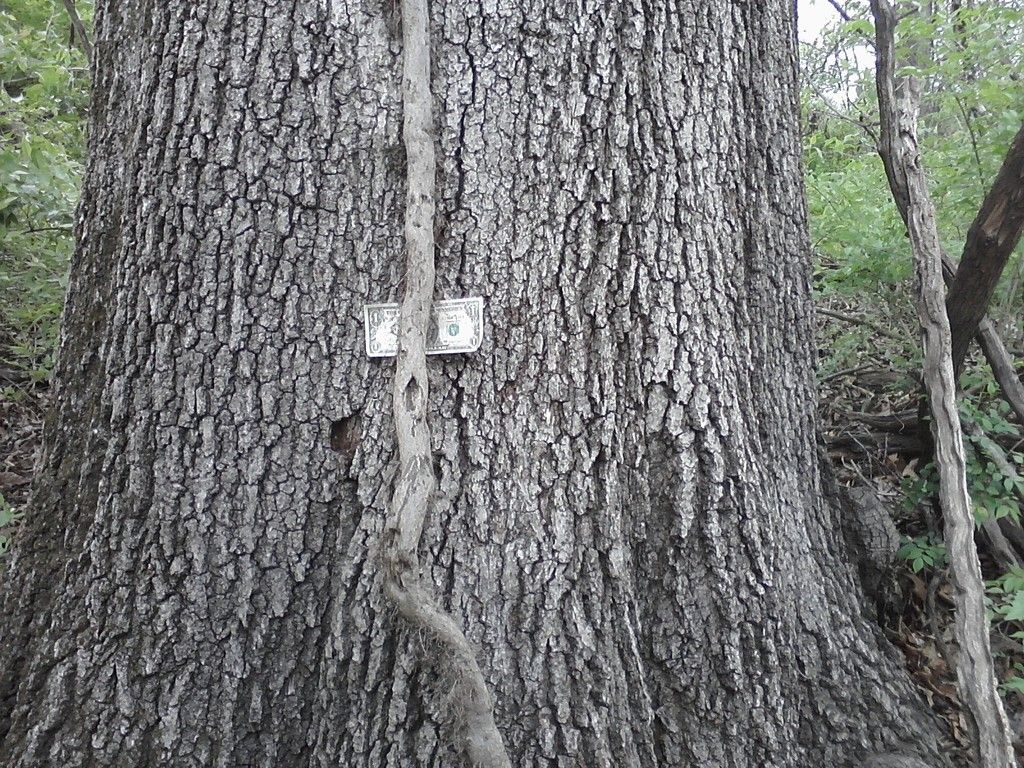NectarDetector
Forum Supporter
- Joined
- Dec 7, 2013
- Messages
- 8,301
One of my favorite places to detect is in the woods and at old home sites that usually have a few large trees still standing. Around those large trees is a great spot to find silver coins in my experience. We often estimate the age of trees by looking at them, but did you know that there was another way to estimate a trees age besides 'guesstimating?"
You can make a fairly good estimate of a tree’s age using a simple formula published by the International Society of Arboriculture.
http://mdc.mo.gov/your-property/your-trees-and-woods/backyard-tree-care/how-old-tree
Just a fun tip...
You can make a fairly good estimate of a tree’s age using a simple formula published by the International Society of Arboriculture.
http://mdc.mo.gov/your-property/your-trees-and-woods/backyard-tree-care/how-old-tree
Just a fun tip...





 Well...looks like Grandpa was wrong again! Just like when he bought that bag of magic beans from the old Gypsy Peddler! Good job boys!
Well...looks like Grandpa was wrong again! Just like when he bought that bag of magic beans from the old Gypsy Peddler! Good job boys!

